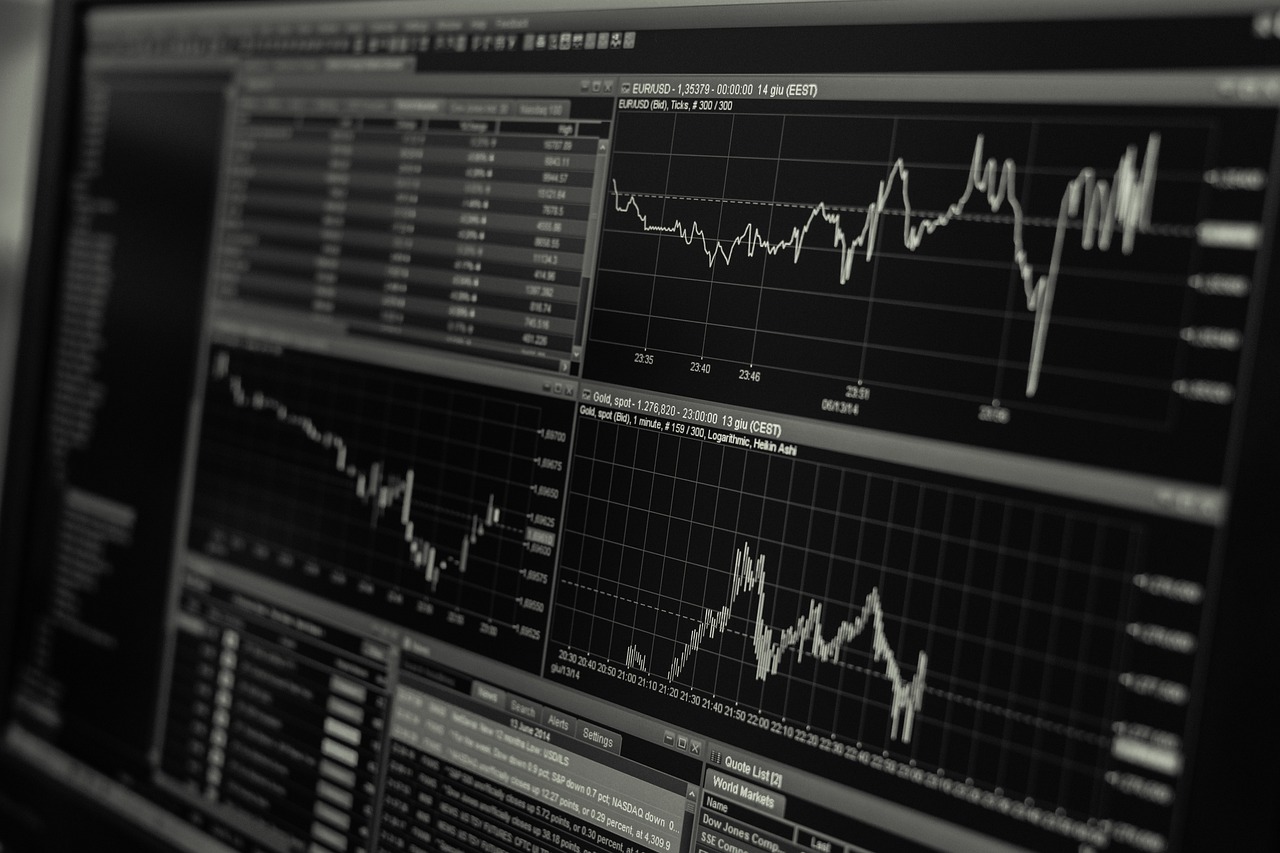The relationship between the U.S. stock market and the foreign exchange (forex) market is intricate and multifaceted. Traders often look to the stock market as a barometer of economic health, which can influence currency valuations. This article explores how trends in the U.S. stock market reverberate across the forex market, impacting currencies worldwide.
Understanding Market Interconnectedness

The U.S. stock market, represented by indices like the S&P 500, Dow Jones Industrial Average, and Nasdaq Composite, is a crucial indicator of economic sentiment. Positive trends, such as rising stock prices and increasing market capitalization, signal economic strength, while declines may indicate uncertainty or recessionary pressures.
Impact of Bullish Trends
During bullish phases in the stock market, investors tend to favor riskier assets, including high-yield currencies. Increased investor confidence typically leads to capital outflows from safe-haven currencies like the U.S. dollar (USD) into riskier currencies such as the Australian dollar (AUD) or the British pound (GBP). Consequently, forex traders may observe appreciation in these currencies against the USD.
Conversely, During Bearish Trends
Conversely, during bearish periods in the stock market, investors seek refuge in safe-haven assets, strengthening the USD against riskier currencies. This flight to safety often leads to depreciation in currencies such as the AUD, GBP, or emerging market currencies, as investors prioritize capital preservation over higher returns.
Correlation Analysis
| U.S. Stock Market Trends | Forex Market Impact |
|---|---|
| Bullish | Depreciation of USD |
| Bearish | Appreciation of USD |
Policy and Central Bank Responses
Central banks closely monitor stock market trends as part of their broader economic surveillance. During periods of stock market volatility, central banks may intervene through monetary policy measures to stabilize financial markets. Interest rate adjustments, quantitative easing, or forward guidance can all influence currency valuations, as they affect yield differentials and investor perceptions of risk.
Geopolitical Factors and Market Sentiment
Geopolitical events, such as trade tensions, geopolitical conflicts, or political instability, can amplify the relationship between the stock and forex markets. Uncertainty stemming from geopolitical developments often spurs market volatility, driving investors towards safe-haven assets and impacting currency valuations.
Conclusion
In conclusion, the U.S. stock market exerts a significant influence on forex trading dynamics globally. Understanding the interplay between stock market trends, economic fundamentals, and geopolitical factors is crucial for forex traders seeking to navigate volatile markets successfully. By analyzing market correlations and central bank responses, traders can make informed decisions to capitalize on opportunities and mitigate risks in an interconnected financial landscape.
Analysis Table:
| Factor | Impact on Forex Market |
|---|---|
| U.S. Stock Market Trends | Bullish trends lead to the depreciation of the USD, while bearish trends result in its appreciation. |
| Central Bank Responses | Monetary policy measures influence currency valuations by affecting yield differentials and risk perceptions. |
| Geopolitical Factors | Geopolitical events can increase market volatility, driving investors towards safe-haven currencies. |
Comparative Table:
| U.S. Stock Market Trends | Forex Market Impact |
|---|---|
| Bullish | Depreciation of USD |
| Bearish | Appreciation of USD |
In essence, Forex Trading the relationship between the U.S. stock market and the forex market underscores the interconnectedness of global financial markets. Traders must remain vigilant, adapting their strategies to changing market conditions and leveraging insights from both stock and forex markets to achieve trading success.










